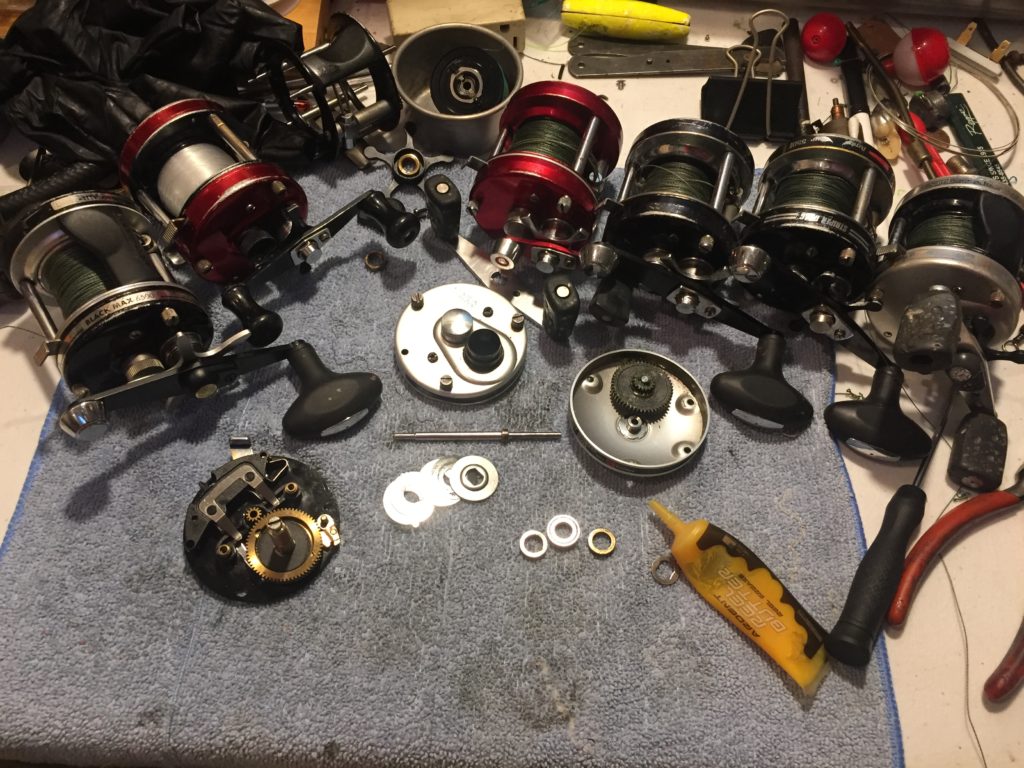

I am unsure why, but suspect it may have had to do with these models staying on the original production line/stamping process, while new equipment may have been employed for the newer production reels?

This initial numbering process ended in 19 saw the start of a new regime, for all reels except for the Ambassadeur 5000 A B and C models, which continued to employ the previous method of serializing until 1971. Numbers would soon run out, due to world wide popularity.Īround this era, two other Ambassadeur 5000 reels, namely the B (still red, but with Clicker) and C (black with ball bearings rather than bushes) models were serialized also but were considered different to the standard red Ambassadeur 5000. the first to appear was the famous ABU Ambassadeur 5000 which has a number like 118158 which simply meant it was the 118thousand and 158th reel in the series. When ABU did start numbering, it was a serialized form. So then, both the Record Ambassadeur 50 (wide spool version) released just a year or so later, had numberless smooth reel seats. I am informed that the serializing process did not begin until the Record name from the Ambassadeurs whence they were named ABU Ambassadeur only. Starting with the Ambassadeurs, notably the Record Ambassadeur 5000, they did not have any numbering system employed at all. There are many changes in the numbering systems from the earliest Records, where often no numbers were engraved at all, through to the current reels. Here is what I base most of my Garcia Level Wind Stuff on.

thought the number was 761203 and still would like to see the side plates. Braided line was immediately relegated to something your grandfather toted in his battered wooden box.Missed it by this much. During the late 1950s, mono pointed straight (even while stretching) to the future. An adjustable star drag regulated the tension on the outgoing line against the locked handle.Īnd, unlike the sputtering freewheelers, the Ambassadeur 5000 with its plastic spool and centrifugal brake was the first casting reel that could handle the introduction of springy monofilament line. It boasted a patented centrifugal brake to control the windmilling spool during the cast and an anti-reverse mechanism to eliminate backspinning during the retrieve. The import, distributed as the Abu Garcia Ambassadeur 5000, incorporated a push-button free-spool design that disengaged the spool from the handle.

The red abu ambassadeur 5000, imported from Sv¿¿ngsta, Sweden, by AB Urfabriken, debuted in the United States at the 1954 New York World’s Fair (ABU’s European precursor to the Ambassadeur was the Record series).


 0 kommentar(er)
0 kommentar(er)
